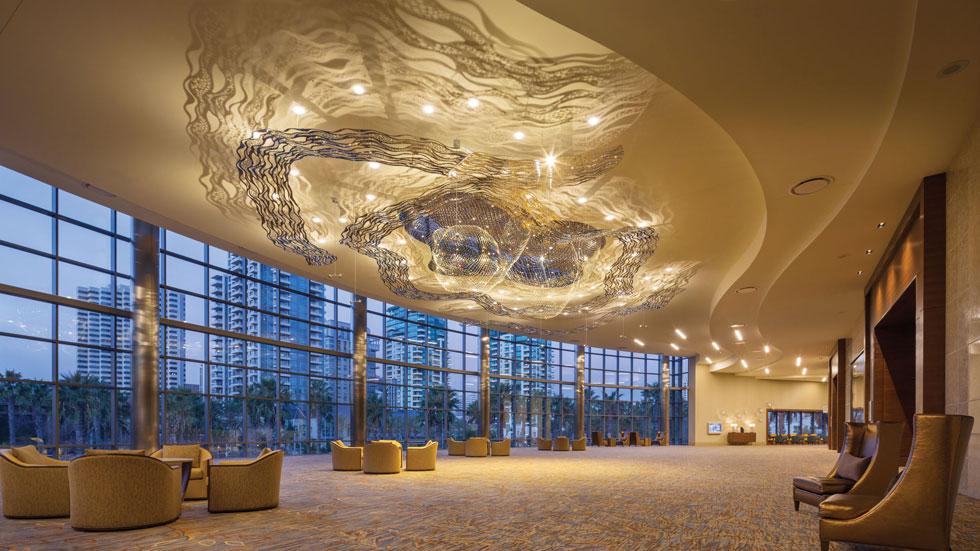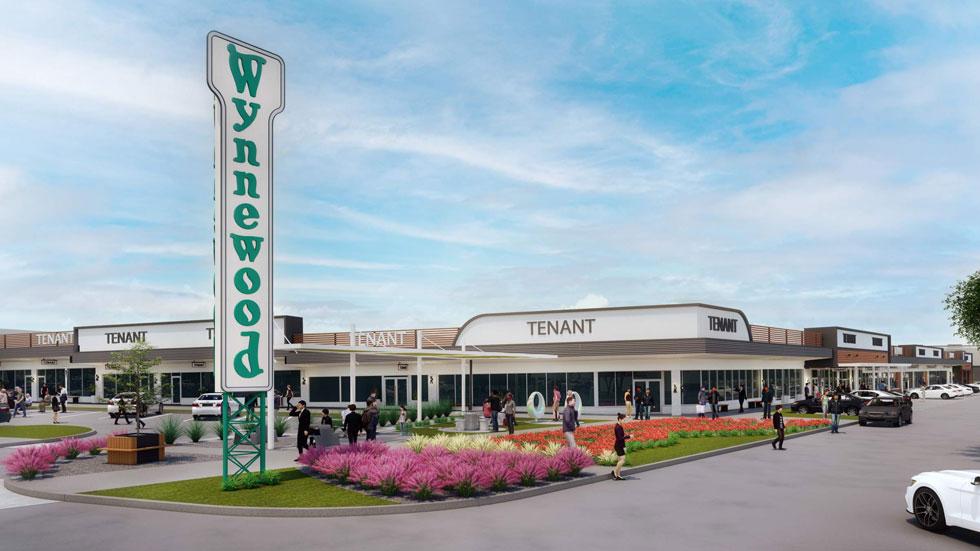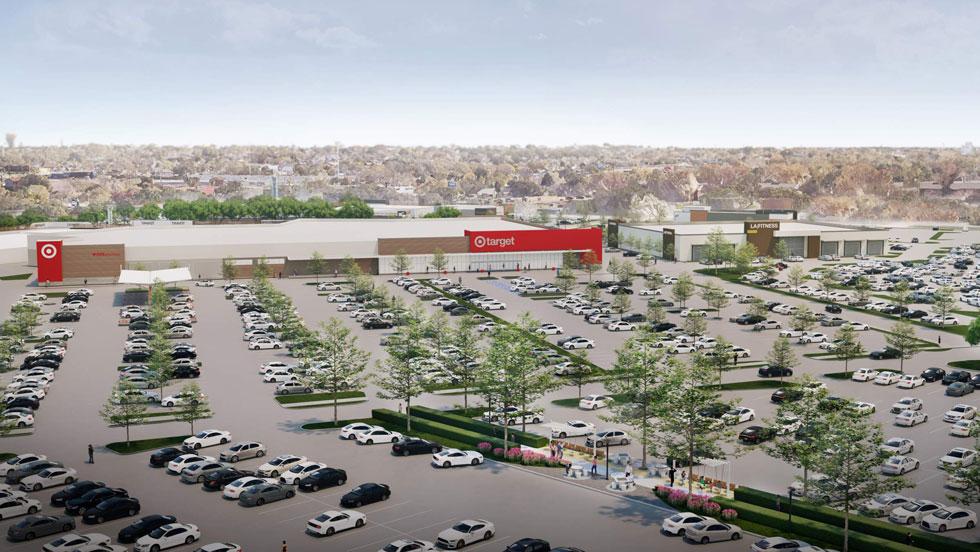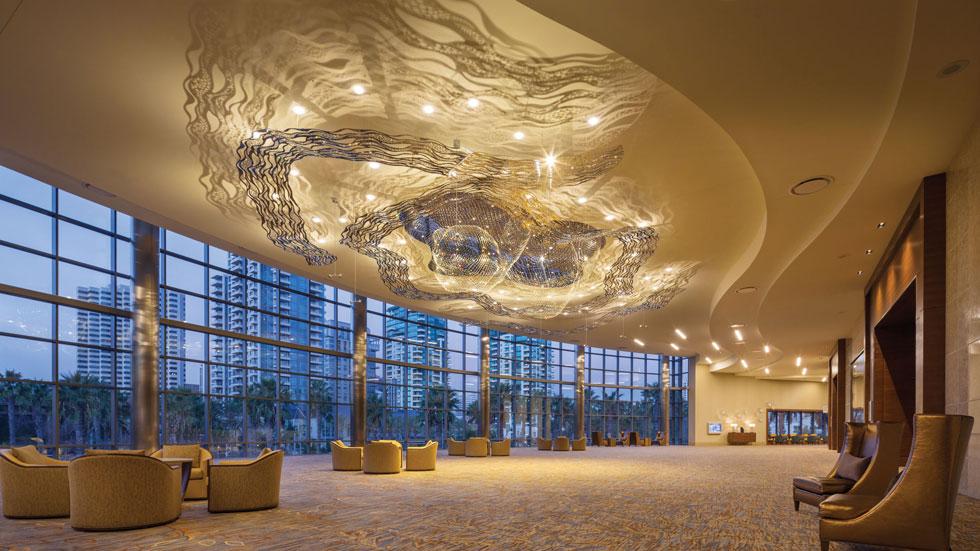
REITs searching for growth opportunities have been looking closer to home in the past few years in the form of capital investment in existing assets that generate accretive value.
Recent research from Nareit & EY shows that REITs invested an estimated $120.9 billion during 2023 in capital expenditure. The lion’s share of that amount, $104.5 billion, was spent on property maintenance and upgrades, with $16.4 billion spent on new construction.
To some degree, capex is always a part of REIT strategies given the need for maintenance and updates to protect their competitive position in the marketplace. Others leverage capex reinvestment as a part of accretive value-enhancing strategies. Such value-enhancing strategies are even more attractive in a market where acquisition and development opportunities have slowed.
“The companies that really focus on making sure they have the most competitive and the best assets in the marketplace are going to continually have pretty strong capex programs in place to make sure they're positioning their assets in the strongest way possible,” says Uma Moriarity, CenterSquare's senior investment strategist and global ESG lead.
Because of the dislocation across the private market with pricing uncertainty and a bid-ask gap, many REITs are finding it more advantageous to deploy the incremental capital that they have into their existing assets, she says.
“In some sectors, you do have the ability to flex and shift money that maybe would have been spent on ground-up development and use it in smaller increments to improve current projects to try and drive higher occupancy or rent,” agrees Matthew Werner, managing director, REIT strategies, at Chilton Capital Management. “That has been a trend that we’ve noticed in the sectors that make sense.”
Strategies Vary Across Sectors
Capex strategies include both offensive strategies—value creation—and defensive strategies to maintain market position and mitigate risks, which would include improvements directed at climate resiliency and compliance. In some cases, improvements can check both of those boxes. Capex strategies also vary widely across different sectors. Traditionally, the highest level of capex is in office and hotels, whereas the lowest amount tends to be in net lease and self-storage.
Green Street analyzes the long-term capex burden of owning a REIT portfolio with funds as a percentage of NOI that need to be reserved each year to maintain properties. Based on its September monthly update, the U.S. weighted average of capex as a percentage of NOI is 15%. Lodging has the highest capex as a percentage of NOI at 32%, followed by office at 30%, senior housing at 23%, and strip centers at 22%. On the opposite end, skilled nursing and gaming report the lowest levels with capex that is 3% of NOI, followed by towers at 7%, and self-storage at 8%.
Analysts and investors are keeping a close eye on how REITs are executing on value-enhancing strategies. “Modern day REIT investors are really focused on seeing earnings growth. So, if redevelopments or property improvement projects are not driving earnings growth, I think that investors will prefer other types of stories,” says Michael Knott, head of U.S. REIT research at Green Street.
How capex strategies impact value depends on a variety of factors, such as where the company is trading and its cost of capital. “It’s all relative, but generally, we're looking for companies that have the capacity to deploy capital in a thoughtful way during times when that is accretive and value-add across the portfolio versus other opportunities to deploy that capital,” Moriarity notes.
Two examples of how REITs in the lodging and retail sectors are pursuing their individual capex strategies are outlined below.
Host Hotels: A Holistic Approach
Host Hotels & Resorts, Inc. (Nasdaq: HST) has meaningfully reinvested in its properties, spending more than $1.3 billion from 2020 to 2024, with the goal of increasing its RevPAR index share and elevating the EBITDA growth of the portfolio. The REIT takes a holistic approach to renovations, updating the majority of a property within 12 to 24 months to improve an asset’s competitiveness and market share.
Beginning in 2019, Host initiated a 16-asset program to roll out Marriott's new brand standards for its full-service hotels. The target for those improvements was to increase its RevPar Index share by three to five points. Host also added eight additional properties to that program during the pandemic and has now completed improvements on all 24 assets. In the 14 assets that have stabilized post-renovation, results are showing that they are performing better than anticipated with an aggregate average gain of 7 points in RevPar Index share.

As an example, Host renovated the Marriott Marquis San Diego Marina with renovations in two phases that included guestrooms/suites, adding keys, adding Topgolf Swing Suites, and a new lobby-level M club lounge. The renovation followed the new Marriott Hall exhibition hall and ballroom expansion. The underwriting target was to increase the RevPar index share by three to five points. The latest result as of June shows a 10.8 RevPar Index share gain.
Additionally, Host has announced a deal with Hyatt to undergo a similar improvement program. “The Marriott and Hyatt deals are unique because the brands have some skin in the game,” says Mike Lentz, executive vice president of development, design, and construction at Host. The brands participate in the reinvestment through operating profit guarantees, which help to mitigate the business interruption.
During renovation work, the hotel is taking rooms and restaurants out of service, and the operating profit guarantees help backfill that business interruption. The brands also give Host a heightened owner's priority treatment on the incremental capital that it invests in those properties, Lentz adds.
Host performs post-completion audits to review the actual returns, which are then used to refine its investment model and make any adjustments necessary for project underwriting. “We really hold ourselves accountable post-investment to getting the returns that we've underwritten, and it puts some discipline around how we spend our capex and what we expect out of it,” Lentz says.
Brixmor Targets Under-Invested Assets
Brixmor Property Group Inc. (NYSE: BRX) has had an active capex program aimed at elevating what had become a heavy load of underinvested assets within its shopping center portfolio. Most of Brixmor’s assets are necessity-driven retail, with grocery and value-oriented tenants. Over the past eight years, the company has invested in improvements in more than 276 properties across its portfolio ranging from façade renovation, remerchandising and site improvements, to tear downs and rebuilds.
Especially since the pandemic, the focus has been on finding opportunities to enhance the customer experience and create gathering places that make people feel comfortable, and in so doing, extend the dwell time.
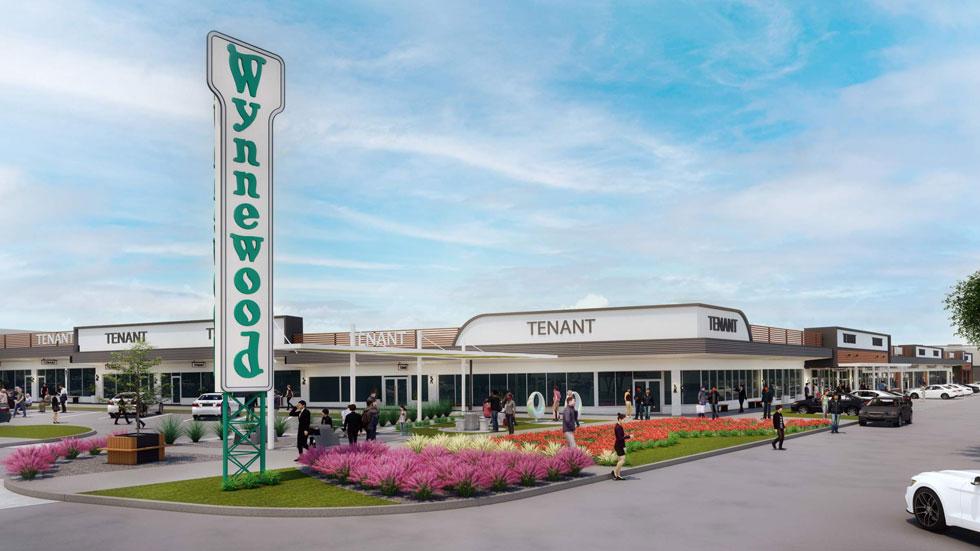
“Shopping is a social experience. For our team, it's really, how do we plan the tenant merchandise mix with the community and their sense of socialization?” says Bill Brown, chief redevelopment officer at Brixmor. The team also is looking at improvements that can increase revenue and enhance the overall customer experience, he adds.
Brixmor continues to see a sizable reinvestment opportunity ahead, which will be primarily funded with free cash flow. Forty-one percent of its current portfolio has been subject to or is actively under reinvestment. Its future reinvestment pipeline has a delivery goal of between $150 million and $200 million annually.
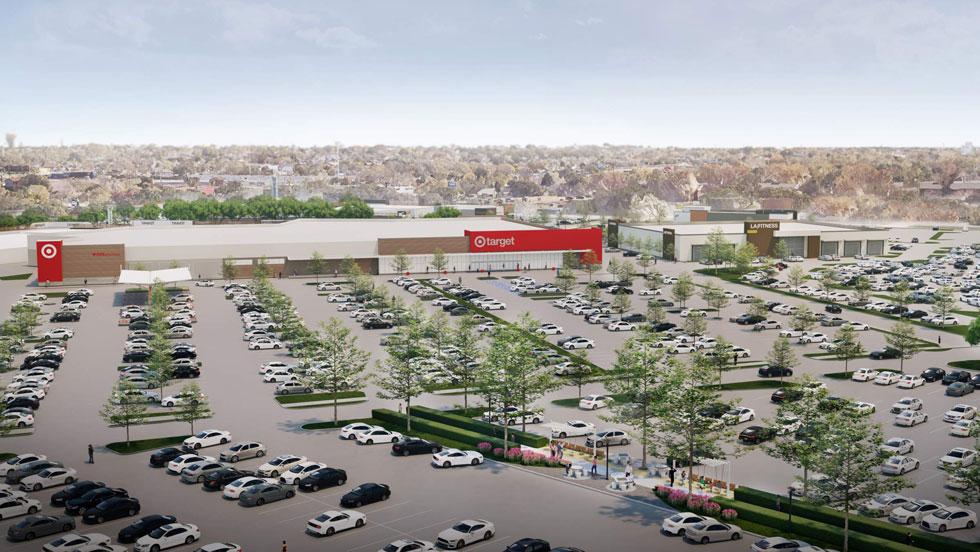
One major redevelopment for Brixmor is Wynnewood Village, a 65-acre property in a diverse area of southern Dallas. Originally built in 1949, the property had seen little reinvestment since 2004. The center is currently on phase four of an incremental improvement plan to remerchandise the entire property. The current phase of the redevelopment includes the addition of Target and Burlington, construction of two multitenant outparcel buildings, renovated facades throughout the original center, new public gathering spaces, new landscaping, and enhanced entrances with new identity and wayfinding signage.
The REIT has achieved an average incremental NOI yield of 10% across 276 stabilized projects completed since year-end 2015 and the second quarter of this year. The Brixmor team leverages data and analytics to provide more insight into markets and its reinvestment strategies. On the back end, the firm is tracking metrics on how much is invested and how that investment impacts sales and foot traffic. “We work to understand where our investment can best benefit the community, our tenants, and our company,” Brown says.
Changing Environment May Shift Strategies
For some REITs, capital that shifted more heavily towards reinvestment may be poised to swing back towards acquisitions and development. Commercial real estate pricing appears to be stabilizing, and the shrinking gap between buyers and sellers, along with declining interest rates, is likely to fuel more transaction activity.
“We think where commercial real estate pricing is now is roughly fair versus corporate bonds. So, you're starting to see the early stages of more activity in the marketplace, and I think the combination of that plus REITs having a better cost of capital, you will start to see more acquisition activity,” Knott says.
“In general, I think REITs have been very good at following their cost of capital and determining when is a good time to develop and when it's not. And they have to understand where their cost of capital is to make that decision,” Werner says.
“The way we have it in our models is we have it flipping back from higher revenue-enhancing capex to lower, and those REITs that have been prolific developers putting their foot back on the gas to flip back to growth mode,” Werner adds. “We see that happening in the next 12 months or so.”
